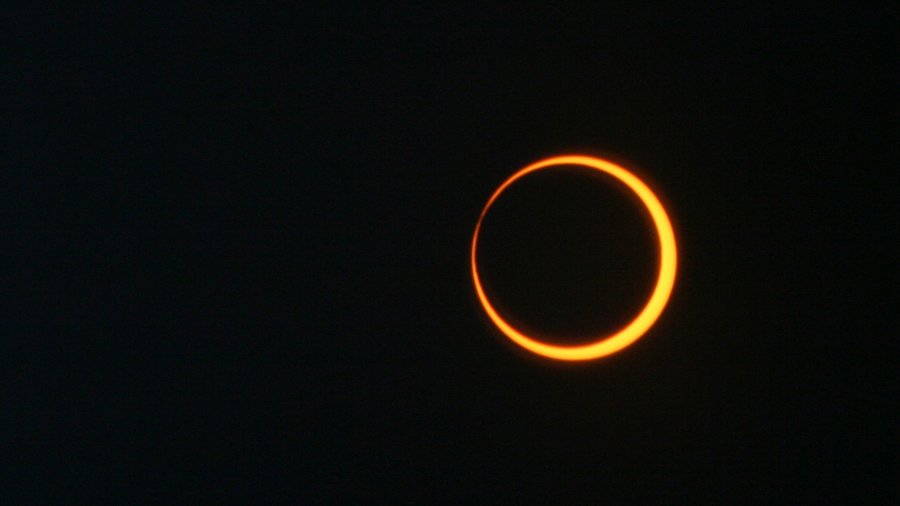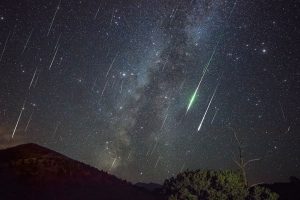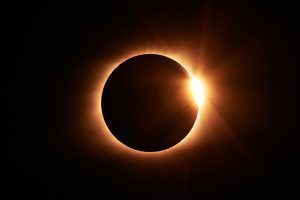Prepare to witness the mesmerizing Ring of Fire solar eclipse on October 14, 2023, as NASA provides details about this celestial event.
Also read | NASA Antares rocket launch: When and where to watch
Date and Time:
The annular solar eclipse, famously known as the ring of fire, will grace the skies of the United States. It commences at 9:13 a.m. PDT on the Oregon coast and concludes at 12:03 p.m. CDT in Texas. NASA invites viewers to catch this celestial show live on their official YouTube page or follow updates on their social media platforms.
Region of Occurence:
NASA’s announcement reveals that after the United States, this captivating event continues its journey, visiting Mexico and Central America, passing over countries like Guatemala, Belize, Honduras, Nicaragua, and Panama. The eclipse then crosses into South America, gliding over Colombia and Northern Brazil, culminating as the sun sets in the Atlantic Ocean.
Understanding the Ring of Fire:
This rare phenomenon, known as the Ring of Fire, unfolds when the Moon aligns directly in front of the Sun but appears slightly smaller, leaving the Sun’s edges visible as a radiant ring of fire. It’s more technically termed an annular solar eclipse. Fortunately, for sky enthusiasts in the contiguous 48 states, a partial eclipse will be observable.
Safety First: How to Watch
NASA underscores the importance of protecting your eyes during an annular eclipse. Never gaze directly at the Sun without proper eye protection designed for solar viewing. Using eclipse glasses, handheld solar viewers, or indirect viewing methods is recommended. If you plan to use optical devices like cameras or telescopes, consult an astronomer for the correct solar filter. And don’t forget to safeguard your skin from the Sun’s rays with sunscreen and protective clothing.
The Ring of Fire solar eclipse promises to be a stunning astronomical event, and with NASA’s guidance, you can experience it safely and with awe on October 14, 2023.







